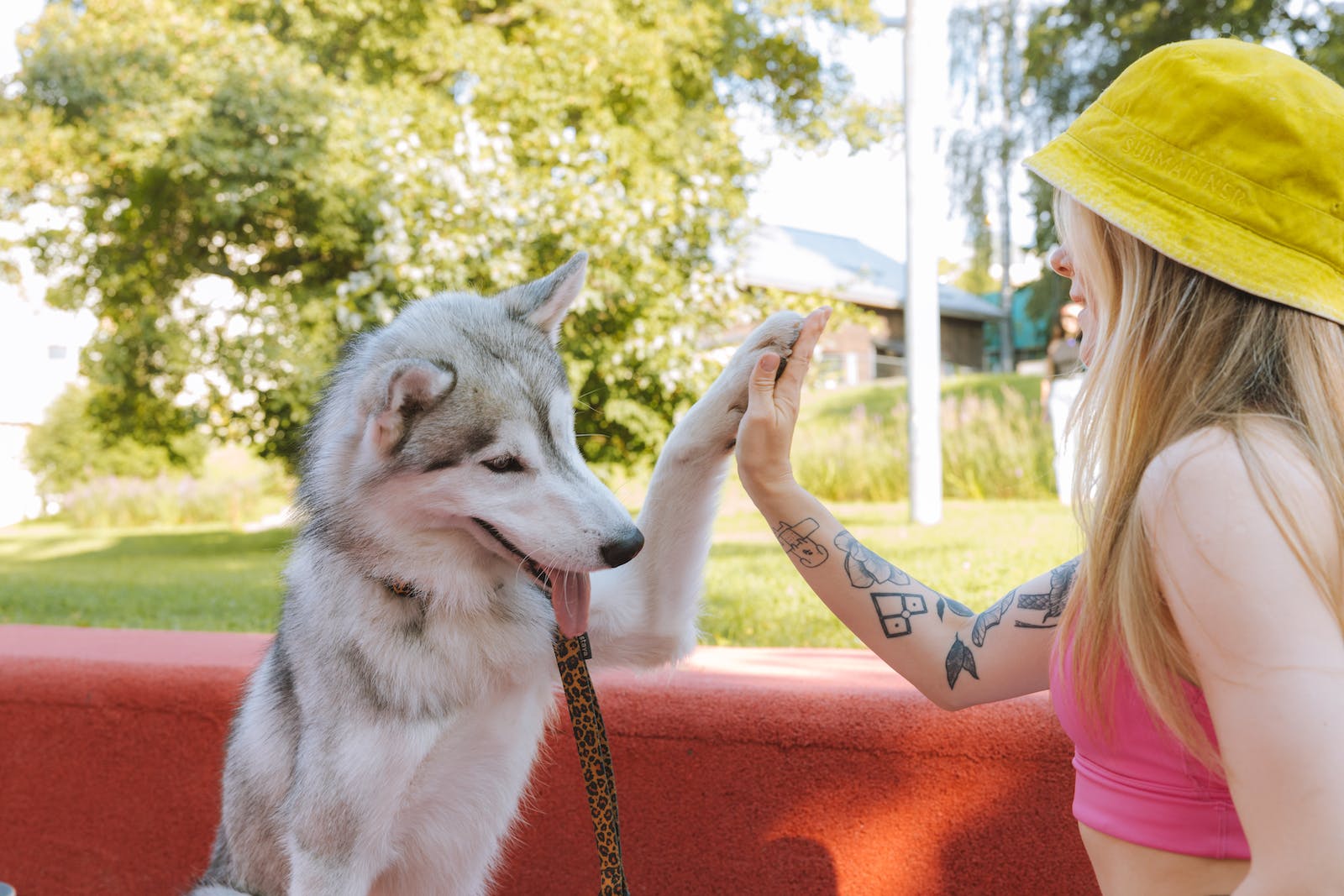- What Are Assistance Dogs?
- Service Animals In Australia
- What Rights Does A Property Owner Have?
- How to apply for public access
- How To Make An Assistance Dog Approval Application
- What If The Dog Is Not Trained By A Recognized Organization?
- What If Your Dog Is Approved As An Assistance Dog In Another Territory Or State

Many people with disabilities both physical and mental, struggle when they need to fulfill their daily tasks. Searching for ways to alleviate some daily challenges, many of them decide to have an assistance dog. This trend becomes more and more popular because of the emotional and physical benefits that assistance animals provide.
What Are Assistance Dogs?
Assistance dogs are accredited dogs, trained to assist a person with a disability that has met the state standards for public access rights. Assistance dogs are preferred by many people, as they provide different tasks in order to enhance the quality of their life. They help people feel more comfortable, independent, regain their self-esteem, and feel supported. The tasks that service animals provide can vary depending on the personal needs of their handler. The tasks can be related to providing physical help such as: pulling a wheelchair, helping the individual find a balance when walking, turn the lights on/off, open the doors, guide persons with sight impairments….etc. They can also alert their owner in case of danger.
Service Animals In Australia
Service animals in the US are a subject of the ADA (Americans with Disabilities Act) regulations, but what is the case in Australia?
Assistance dogs in Australia are a subject of the regulations of DDA 1992 (Disability Discrimination Act from 1992). They are protected by Federal Law via DDA 1992. According to DDA a service animal that is properly trained can be beneficial to people with disabilities, as it helps those people to operate easier on a daily basis. The regulations of DDA 1992 in regard to assistance animals state:
“An assistance animal is a dog or other animal:
(a) accredited under a law of a State or Territory that provides for the accreditation of animals trained to assist a person with a disability to alleviate the effect of the disability;
or
(b) accredited by an animal training organization prescribed by the regulations for the purposes of this paragraph
or
(c) trained:
(I) to assist a person with a disability to alleviate the effect of the disability; and
(ii)to meet standards of hygiene and behavior that are appropriate for an animal in a public place”.
Physical, as well as mental disorders are acknowledged by DDA and assistance animals can be employed in both cases. Assistance dogs have the right to visit all public places that their handler goes to.
There are some exceptions that may need to be considered, i.e.: when a strict sterility is required. Such places that may not allow pets, even if they are assistance animals, are:
Quarantined areas; Sterile areas due to surgically procedures; Specific clinical settings; Food preparation areas (kitchens).
What Rights Does A Property Owner Have?
As assistance animals should (in most cases as already described above) have unimpeded access to public spaces, there are also rights of the property owners that need to be taken into account. People, accompanied by assistance animals, may be asked by property owners to verify via documentation that the dog is qualified, accredited, and it is serving them at that moment. Assistance animals can be recognized easily by jackets they are wearing, branded by the organization that provided that qualification. An assistance animal can be also recognized by its behavior- strongly obedient, well-behaved, not distracted by other people or objects; and by its tidy and neat look.
How to apply for public access
If your assistance dog is trained by one of the organizations mentioned below, the animal automatically receives public access rights, including “building or place open to or used by the public for any purpose, or travel on public transport”:
Assistance Dogs Australia, Lions Hearing Dogs, Seeing Eye Dogs Australia, Royal Guide Dogs, Association of Australia, and affiliated bodies.
If your dog has not been trained by one of those organizations you may need to fill a policy and application form and submit it to the Department of Local Government, Sport, and Cultural Industries. You also need to send a photograph of you (the applicant) as well as of the dog. You will be provided with an identification card after you have been approved.
The person in whose name the card has been issued should carry it at all times.
The validity period of approved applications is two years. In case that your dog has received probationary approval, its validity period is six months.
How To Make An Assistance Dog Approval Application
If you have made the decision to apply for an assistance dog you need to have all necessary documents for successful completion of the application form. Your doctor and your vet will provide you with some declarations, required for filling in the application form.
Evidence from your local government will be needed as proof that your dog is registered and microchipped. You can provide this evidence via email, in the form of a letter, or as a copy of registration documents from the local government. You will need to contact your local government in order to get provided with this documentation.
The dog needs to pass a Behavior and Obedience Assessment (BOA). You have to submit this to the department via the Independent Public Access Test Assessor who has managed the assessment. If you are not sure to which Independent Public Access Test Assessor you can reach out to, you can ask the department for assistance. In this case, they will provide you with information about approved assessors that you will need to contact in regard to the Behavior and Obedience Assessment.
When you fulfill all requirements mentioned above you will be able to finalize the Assistance Dog Application and submit it to the Department of Local Government, Sport, and Cultural Industries.
We would recommend that you double-check all forms and verify that they are properly completed and signed.
What If The Dog Is Not Trained By A Recognized Organization?
According to the Dog Act 1976, your dog can be approved as an assistance dog even if it has not been trained by a recognized organization. In this case, you will have to pass the Public Access Test (PAT). When passing this test your dog proves that its behavior can be deemed safe, and it can access, effectively, public spaces and public vehicles.
If you are looking for independent PAT assessors, you need to know that these are approved by the Department of Local Government, Sport, and Cultural Industries. The PAT assessors have to guarantee that the animal is capable of proper behavior in public areas and transport. After passing the test you need to provide the department with the original assessment form not later than seven business days.
What If Your Dog Is Approved As An Assistance Dog In Another Territory Or State
According to the Dog Act 1976, if your dog is already approved under another territory’s or a state’s law, public access rights have been granted to it in Western Australia. If you have decided to live in Western Australia for a long period, you may want to apply for a Western Australian Authorization Card. In order for this card to be issued, you need first to provide evidence of your current accreditation.












